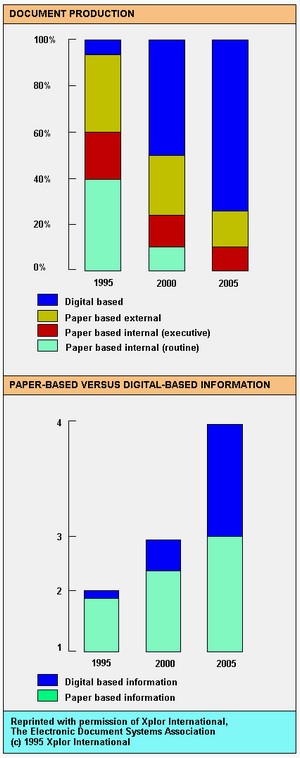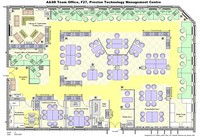Interesting statistics on paper usage
 I posted a while ago about my quest to go paper-less, its going very well btw although I find it’s becoming a bit of an obsession :-(. Anyway I recently came across this interesting article and trend graph.
I posted a while ago about my quest to go paper-less, its going very well btw although I find it’s becoming a bit of an obsession :-(. Anyway I recently came across this interesting article and trend graph.
I also got an email from Milton, who had read my post on going paper-less. Milton has a blog where he talks about paper-less office ideas and articles and even better he has written and eBook on the subject that he sells on his site. He has been kind enough to send me a copy to read, so I will report back on that soon.



 This is big news and widely reported, and live on
This is big news and widely reported, and live on 
 Microsoft and Sun put on a
Microsoft and Sun put on a 


 This
This 

 I friend of mine has let me have a new video camera, its a Polycom ViaVideo II and the quality and refresh rate is greatly improved compared to my ancient USB IBM Ultracam. One more step towards reduced travelling.
I friend of mine has let me have a new video camera, its a Polycom ViaVideo II and the quality and refresh rate is greatly improved compared to my ancient USB IBM Ultracam. One more step towards reduced travelling.
 As I work from home I tend to make sure I do my share of the housework. My normal daily jobs include:
As I work from home I tend to make sure I do my share of the housework. My normal daily jobs include:
 This is a
This is a